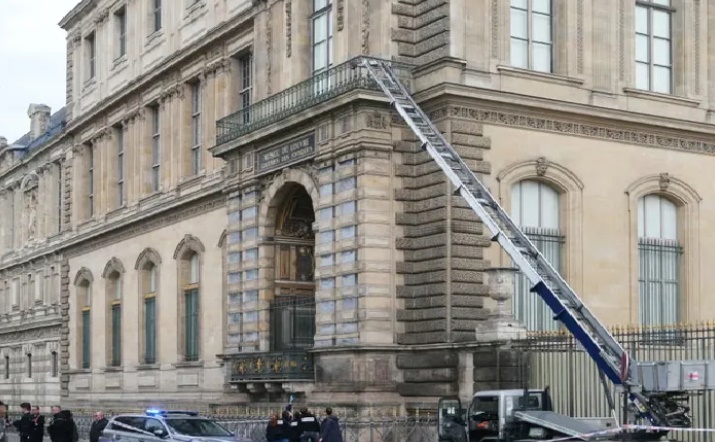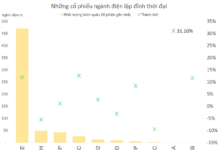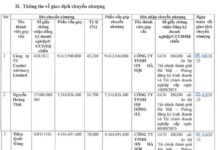Bold Heists: The Most Notorious Museum Thefts in History
Major French publications have dubbed the Louvre heist on October 19th as the “Heist of the Century” in France. The audacious theft occurred in broad daylight, while the museum was open to hundreds of visitors. However, this is just one of many daring museum heists in history, where priceless artifacts were stolen, many of which remain missing to this day.
In Berlin, Germany, in March 2017, security cameras captured three individuals in hooded jackets walking through a train station. Little did anyone suspect that their target was a 100kg pure gold coin at the Bode Museum, valued at $4.5 million. The coin’s whereabouts remain unknown.
In Dresden, Germany, in November 2019, two perpetrators broke into the Green Vault Museum, home to one of Europe’s largest and oldest collections of jewelry and treasures. They stole invaluable masterpieces of craftsmanship, only a fraction of which has been recovered.
Art market expert Stephan Koldehoff commented, “I believe this is just the tip of the iceberg. The number of stolen artworks far exceeds official figures. Soaring art market prices have made stolen pieces increasingly valuable, while museum security systems have become outdated.”
On October 19th, four individuals disguised as maintenance workers used a truck-mounted crane to climb the balcony of the Louvre in Paris, France. They smashed a window, used angle grinders to cut open display cases, and made off with jewelry worth $102 million in just under seven minutes.

French police beside the furniture lift used by thieves to break into the Louvre on October 19, 2025 (Photo: AFP/Getty Images)
The Underground Network of Stolen Historical Treasures
As the Louvre suffers its largest theft in 114 years, attention turns to the global black market where stolen antiquities may surface. This clandestine network operates with precision, employing sophisticated methods to dispose of stolen goods, making it challenging for authorities to trace them.
Experts warn that stolen museum artifacts like jewelry cannot be sold intact on the black market. Typically, these items are dismantled and sold in pieces. While this destroys their “priceless heritage” value, the natural gemstones can still fetch high prices on the black market.
Art detective Arthur Brand noted, “Over the past decade, we’ve seen a rise in museum thefts. Previously, famous paintings were the primary targets. But recently, gold, silver, and diamonds have become more common. There’s a logic to this: stealing a famous painting makes it nearly impossible to sell. Precious metals can be melted down, and jewelry can be disassembled and sold in parts, leaving no trace of the original theft.”
According to the FBI, the international black market for art and antiquities is worth billions annually. This network spans the globe, from diamond-cutting workshops in Dubai and Delhi to jewelry stores in New York, Antwerp, and Tel Aviv. It involves smugglers, jewelers, and intermediaries who dismantle and resell these treasures.
Thieves rarely receive more than 10% of an item’s market value, as profits are shared among multiple parties. Yet, even 10% of $100 million can be an irresistible temptation.
With gold prices up 60% in the past year, experts warn that the allure of stealing gold from museums is stronger than ever.
The Race Against Time to Recover Stolen Treasures
In the Louvre case, police are in a race against time to recover the stolen treasures. Interpol and Europol have expanded their search, but it remains uncertain if they can act swiftly enough to prevent the jewelry from being dispersed. Seven suspects have been arrested, but the location of the stolen items is still unknown.









































